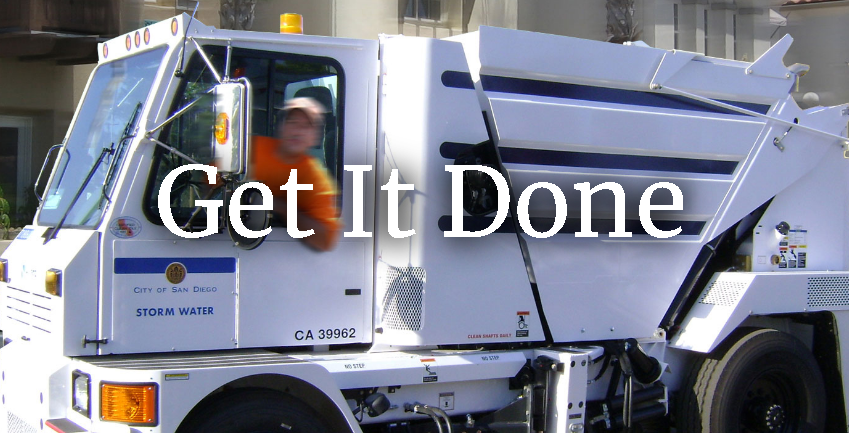Wednesday, December 20, 2023
Saturday, December 2, 2023
Making moves

Making moves
Remember Snowball, the sulphur-crested cockatoo whose fancy footwork to the Backstreet Boys’ “Everybody (Backstreet’s Back)” brought him viral fame in 2007? I recently rewatched the video, and it holds up. Here is this bird, perched on the back of a chair. As the song opens, he appears to be sketching out his moves, getting a feel for the song. When the chorus arrives, he shrieks and grooves, he high-kicks and head-bangs, settling into his rhythm, possessed by the beat.
The video of Snowball is astonishing because of how humanlike he is. Look, an animal moving spontaneously to the music, just like we do! Or, rather, just like we can. We can dance, but how often do we, really? Aside from weddings or other milestone occasions, when was the last time you really cut a rug?
We don’t dance as much as we could, or as much as we want to, because we’re afraid to look foolish. That greeting card exhortation to “dance like no one’s watching” caught on for a reason.
When I was in high school, a group of friends and I would regularly park a car in our town’s commuter train station parking lot, blast some music from the stereo and dance. There, in one of the weird open spaces suburban teenagers can own after dark, we’d move just to move, trying out our bodies in space, together, before hitting the local diner for grilled cheese.
Those nights were exhilarating, opportunities to turn off our brains and let loose, to express ourselves physically, outside of the limited vernacular we normally afforded ourselves as self-conscious teenagers.
When you ask people why they don’t dance more, they get pensive, maybe a little defensive. They don’t have time, they don’t have the opportunity, what are they going to do, go to a club? These are people with responsibilities, with jobs and children! Dancing, one person suggested to me sadly, is something you do when you’re young and then you stop.
This perception of dancing as unserious, as something frivolous people do, like eating a bowl of whipped cream or sleeping until noon, seems inaccurate, especially once you start deliberately dancing more, as I’ve tried to lately. I’m not talking about complicated choreography that requires learning moves or executing steps; I mean simply moving spontaneously to music.
If you start looking for opportunities to dance, you find them. While cooking dinner or cleaning the house. Instead of running in place at the crosswalk during a jog. Perhaps a spontaneous living-room disco with your kids. It’s sort of miraculous: Each little break offers a little dose of endorphins. A little moment of expression. Of returning to yourself in the midst of an otherwise chaotic life.
We’re busy. We’re tired. Most of our movement in the course of a day ends up being about utility. We move to get from here to there, to accomplish tasks or as part of an exercise regimen. Dancing is a way of reclaiming movement, of deciding how you want to use your energy and your body rather than just getting things done.
It’s holiday party season. There might be opportunities for dancing, should you wish to avail yourself of them. You could find a dance party, or occupy a parking lot, or a corner of the subway, or just the one square foot of space in front of the sink while you do the dishes. Or, if you need more persuasion before you bust a move, you could watch the CBC documentary “Why We Dance,” a lovely exploration of cultural and evolutionary rationales for dancing. But honestly, you don’t need an occasion or a good reason or any reason at all. Put on whatever music makes it impossible for you to sit still (I’m partial lately to “New York Groove” by Ace Frehley) and do your best Snowball (manic screeching optional).
| María Jesús Contreras |














